The xHelper malware installs a trojan within a trojan within a trojan, and is almost impossible to remove.
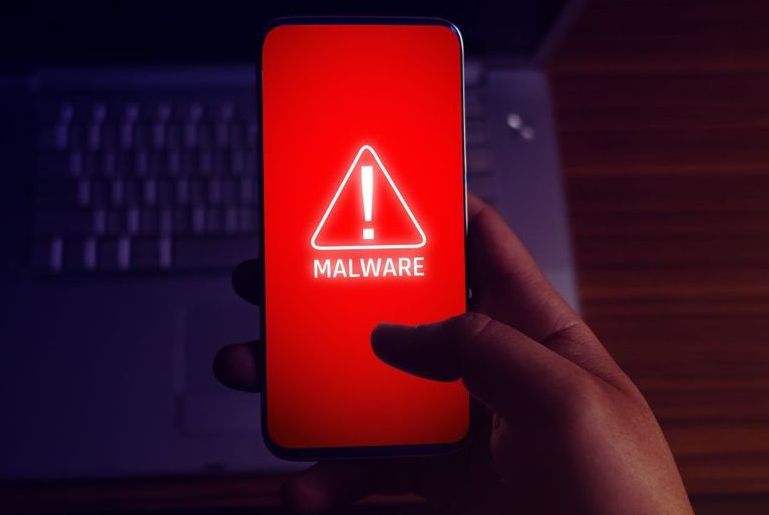


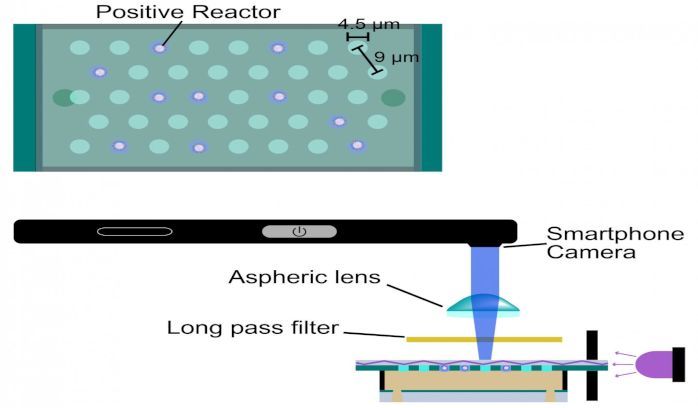
Most of us are similar with ‘viruses’ and malware relating to our computers or smartphones, but Yoshihiro Minagawa, a researcher from the University of Tokyo has taken it on literally – he has invented a portable, low-cost, battery-powered device that pairs with a smartphone, which was tested with viruses but could also detect other biological markers. His initial findings, together with other teammates were published recently in the journal, Lab on a Chip.
The current leading method to assess the presence of viruses and other biological markers of disease is effective but large and expensive. It is prohibitively difficult for use in many situations, especially due to certain economic and geographic factors. Although highly accurate at counting viruses, these tools are just too cumbersome for many situations, especially when rapid diagnosis is required.
“I wanted to produce a useful tool for inaccessible or less-affluent communities that can help in the fight against diseases such as influenza,” said Minagawa. “Diagnosis is a critical factor of disease prevention. Our device paves the way for better access to essential diagnostic tools.”

Although hackers managed to defeat TouchID with a fake fingerprint less than 48 hours after the technology was rolled out in the iPhone 5S, fingerprint-based authentication over the past few years has become much harder to defeat. Today, fingerprints are widely accepted as a safe alternative over passwords when unlocking devices in many, but not all, contexts.
A study published on Wednesday by Cisco’s Talos security group makes clear that the alternative isn’t suitable for everyone—namely those who may be targeted by nation-sponsored hackers or other skilled, well-financed, and determined attack groups. The researchers spent about $2,000 over several months testing fingerprint authentication offered by Apple, Microsoft, Samsung, Huawei, and three lock makers. The result: on average, fake fingerprints were able to bypass sensors at least once roughly 80 percent of the time.
The percentages are based on 20 attempts for each device with the best fake fingerprint the researchers were able to create. The results may not be fully applicable to Apple products since they limit users to five attempts before asking for the PIN or password. Other products tested permitted significantly more or even an unlimited number of unsuccessful tries.
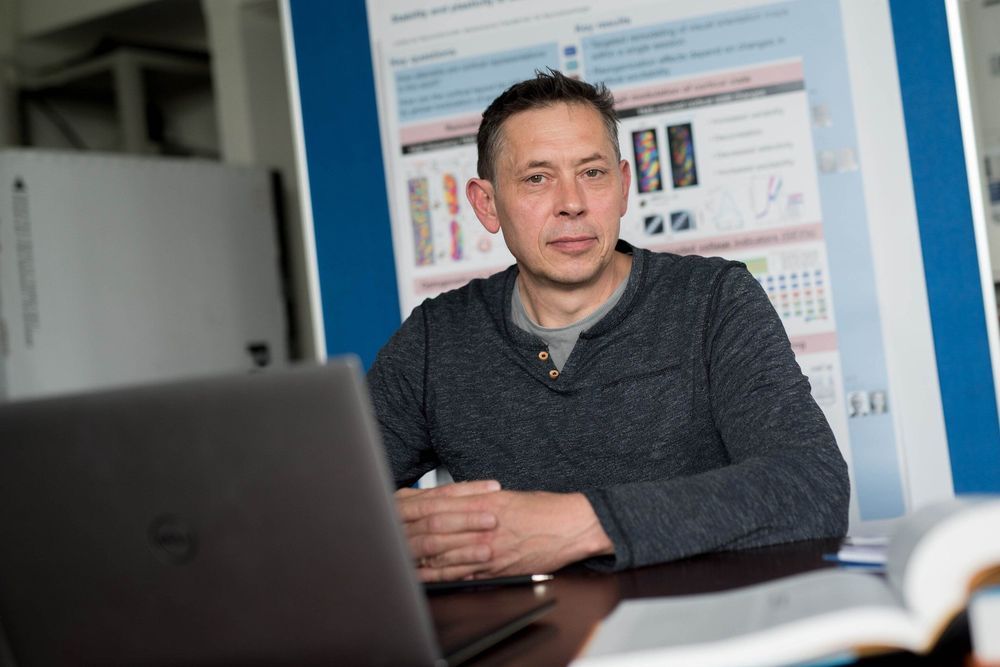
The brain is steadily engaged in thought. These internal communications are also usually bombarded with external sensory events. Hence, the impact of the two neuronal processes need to be permanently fine-tuned to avoid their imbalance. A team of scientists at the Ruhr-Universität Bochum (RUB) has now revealed the role of the neurotransmitter serotonin in this mechanism. They discovered that distinct serotonergic receptor types control the gain of both streams of information in a separable manner. Their findings may facilitate new concepts of diagnosis and therapies for neuronal disorders related to malfunction of the serotonin system. The study is published online in the open access journal eLife on 7 April 2020.
Impacting on different streams of information in the brain
Dr. Dirk Jancke, head of the Optical Imaging Group at the Institute of Neural Computation, says, “Imagine sitting with your family at dinner, and a heated debate is going on about how to properly organize some internal affairs. Suddenly, the phone starts ringing; you are picking up while family discussion goes on. In order to understand the calling party correctly, the crowd in the back must speak lower or the caller needs to speak up. Thus, the loudness of each internal background conversation and external call need to be properly adjusted to ensure non-interfered, separable information transfer.” As in this anecdote, comparable brain processes involve serotonin.

Researchers have designed a machine learning method that can predict battery health with 10x higher accuracy than current industry standard, which could aid in the development of safer and more reliable batteries for electric vehicles and consumer electronics.
The researchers, from Cambridge and Newcastle Universities, have designed a new way to monitor batteries by sending electrical pulses into them and measuring the response. The measurements are then processed by a machine learning algorithm to predict the battery’s health and useful lifespan. Their method is non-invasive and is a simple add-on to any existing battery system. The results are reported in the journal Nature Communications.
Predicting the state of health and the remaining useful lifespan of lithium-ion batteries is one of the big problems limiting widespread adoption of electric vehicles: it’s also a familiar annoyance to mobile phone users. Over time, battery performance degrades via a complex network of subtle chemical processes. Individually, each of these processes doesn’t have much of an effect on battery performance, but collectively they can severely shorten a battery’s performance and lifespan.
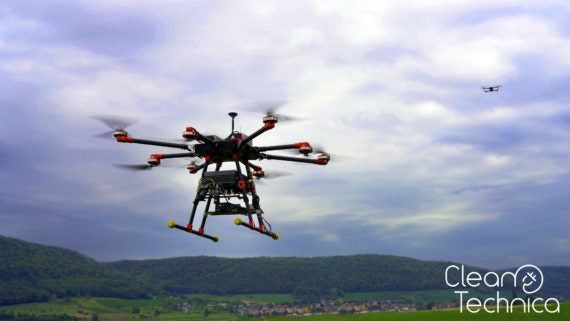
The biggest change worldwide in the last decade was probably the smartphone revolution, but overall, cities themselves still look pretty much the same. In the decade ahead, cities will change a lot more. Most of our regular readers probably think I am referring to how autonomous vehicles networks will start taking over and how owning a car will start to become closer to owning a horse. However, the real answer isn’t just the autonomous vehicles on the roads — they will likely also compete with autonomous eVTOL aircraft carrying people between hubs.
Today, the European Union is moving one step closer to making this second part a reality. Together with Daedalean, an autonomous flight company we have covered in the past, EASA published a new joint report covering “The Learning Assurance for Neural Networks.”
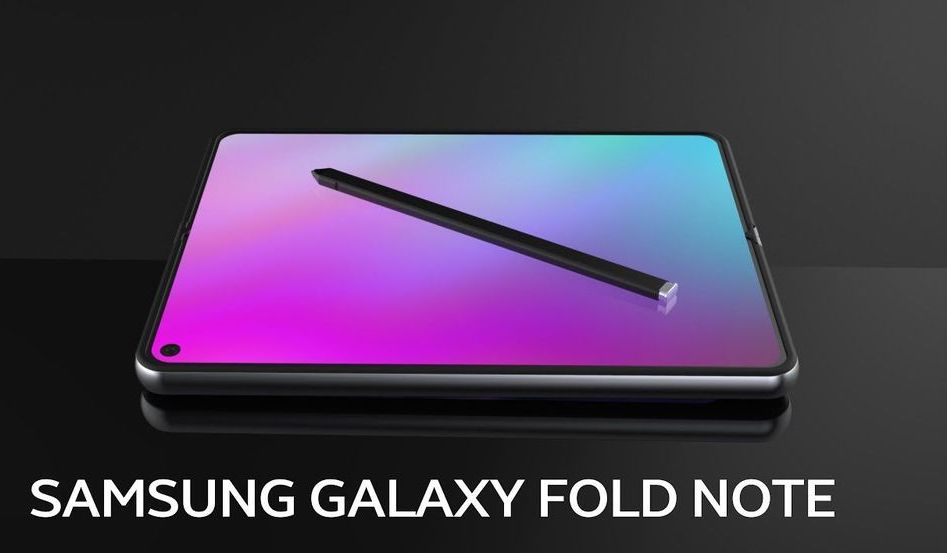
A new Galaxy Fold 2 concept brings the leaks to life with a bigger 120Hz display and S Pen support.

CONSPIRACY nuts are reportedly setting phone masts alight and targeting engineers after a bizarre claim 5G “radiation” caused the deadly coronavirus spread.
The theory originated last month after a video filmed at a US health conference claimed Africa was not as affected by the disease because it is “not a 5G region”.
The myth was quickly debunked after the World Health Organisation confirmed there were thousands of Covid-19 cases in Africa.
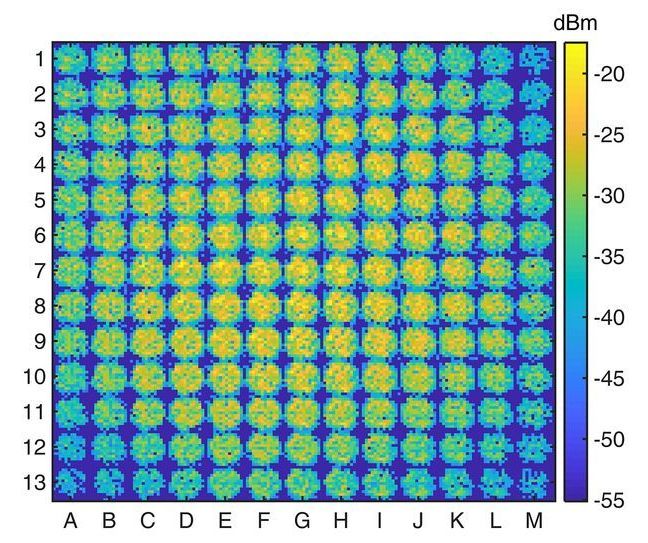
Using the same technology that allows high-frequency signals to travel on regular phone lines, researchers tested sending extremely high-frequency, 200 GHz signals through a pair of copper wires. The result is a link that can move data at rates of terabits per second, significantly faster than currently available channels.
While the technology to disentangle multiple, parallel signals moving through a channel already exists, thanks to signal processing methods developed by John Cioffi, the inventor of digital subscriber lines, or DSL, questions remained related to the effectiveness of implementing these ideas at higher frequencies.
To test the transmission of data at higher frequencies, authors of a paper published this week in Applied Physics Letters used experimental measurements and mathematical modeling to characterize the input and output signals in a waveguide.